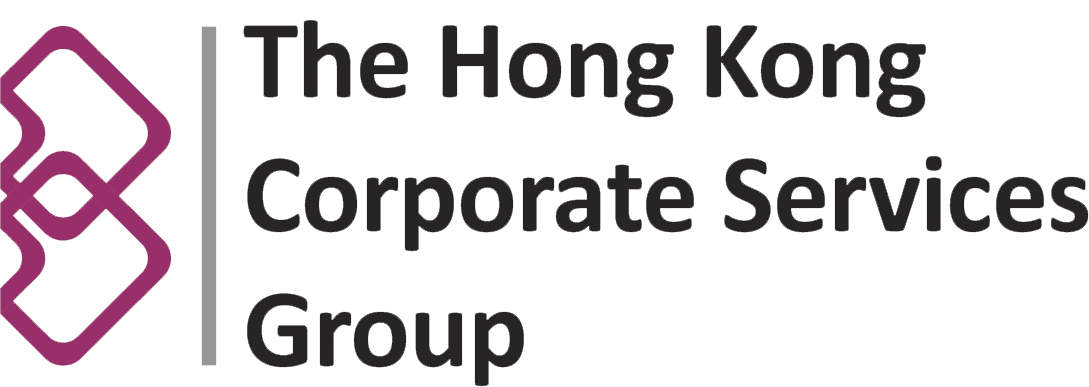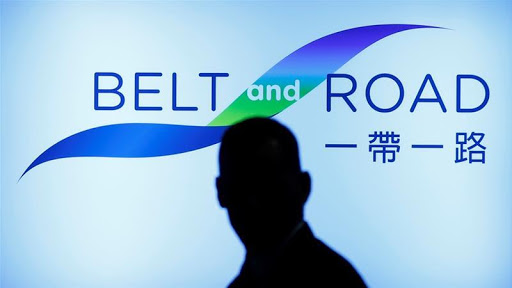Navigating the Belt and Road Initiative for profit
When Marco Polo spent 24years traversing the Persian Gulf, China, Mongolia, The Gobi Desert and many points in between, he was in charge of his own destiny. His voyage of discovery and years spent living in China brought his family great prosperity.
For investors along the modern day version of the Silk Road, The Belt and Road Initiative (BRI) there are many parallels to Marco Polo’s travels. The same questions apply: Where to start and then which direction to take? So vast in its geographic reach and so broad in its economic scope, to the uninitiated the Belt and Road can seem an almost nebulous concept, a vast great unknown on a journey to reach financial destiny.
For investors, perhaps more so than in any other investment, it is important to gain the relevant advice to narrow down the options and home in on the projects best suited to achieving the desired end-game Said Callan Anderson ,Executive Director of the Hong Kong Corporate Services Group, “The Belt and Road Initiative is the reinvigoration of traditional trade routes that originate in China and from there span the world. There has been significant investment into this project, with much of that focused on developing countries where their infrastructure and ability to generate enough electrical power to stimulate manufacturing was weak.”
“As China has become more costly in which to manufacture with a stronger RMB and increasing salary cost, it is perhaps no surprise that out of a USD$5 trillion investment on the Belt and Road, some 38 percent is focused on roads, ports, airports and power generation in countries that are developing and where the infrastructure is incapable of supporting this sudden positive change. With new factories in countries identified on the Belt and Road, jobs and opportunities abound.”
This vast infrastructure behemoth initiated in 2015 (known also as “One Belt, One Road,” “The Silk Road Economic Belt’’ and “the 21st Century Maritime Silk Road”) was devised by the Chinese Government to sustain global free trade and to create an open world economy. According to The Hong Kong Trade Development Council (HKTDC), it’s China’s grand plan to expand economic cooperation and infrastructure across continents through strategic land and maritime routes.
Recently, the fourth Belt and Road Summit was held in Hong Kong, jointly organised by the Government of the Hong Kong Special Administrative Region and The HKTDC. In total, over 5,000 people from over 60 countries and regions attended. According to The HKTDC figures, the 2019 BRI summit featured over 700 one-to-one business matching meetings, which were arranged for investors, professional service providers and project owners alike. Over 300 companies participated. The summit received over 240 investment projects in three main areas: Urban Development; Energy, Natural Resources and Public Utilities; and transport and logistical Infrastructures. The projects covered 33 countries, including France, the United Arab Emirates, Saudi Arabia, Vietnam, Indonesia and the Mainland.
The theme of the two day summit was ‘’Creating and Realising Opportunities.” A Plenary Session focused on creating Belt and Road opportunities through the Greater Bay Area was also held.
The turnout showed the commitment from all corners of the globe to BRI, as well as to Hong Kong as the gateway to China and Asia’s financial hub; where risk can be buffered with the laws and structure in place to do so.
Said one senior lawyer who is Head of Projects for a major firm that has been working on Belt and Road for some years, “Belt and Road is providing opportunities for developers, contractors and investors that otherwise would not have existed. It produces more options and creates more infrastructure, more jobs and a lot more scope for investors. It’s the ultimate win /win.”
Another proffered, “Belt and Road offers one-stop solutions. It makes building infrastructure in corners of the globe that may otherwise be overlooked seamless. It’s creating industry booms.”
A PhD with much Belt and Road experience in rail said “Hong Kong is one of the world’s leading financial centres and China’s International financial capital Hong Kong’s strength is as the BRI’s service centre, with a strong basis of law and with many firms well experienced to manage it. Hong Kong is still a great base to head up projects.”
As Financial Secretary Paul Chan said at the BRI Summit in regard to Hong Kong’s capabilities: “Recent incidents have not affected Hong Kong’s core competitiveness, including the rule of law, free movement of capital, goods, information and people, freedom of expression, a simple and low tax regime, a sound regulatory system and an independent judiciary. The ‘one country two systems principle’, which is the cornerstone of our economic success and long-term prosperity, remains intact. These fundamentals and institutional underpinnings of our society stay strong and resilient.’’
China has 14 neighbouring countries on its vast borders of 22, 457 kilometres (13,954 miles.). Along with Russia, it has the most neighbouring countries of any nation. China’s Southern boundaries traverse India, Nepal, Bhutan, Myanmar (Burma), Laos and Vietnam.
Its Eastern neighbours are Russia and North Korea. China’s neighbours to the north include Kazakhstan, Mongolia and Russia. It is bordered by the West by Kyrgyzstan, Tajikistan, Afghanistan and Pakistan.
Indeed, almost such a vast selection of nations appeared at the recent BRI Summit in Hong Kong. Keynote speakers came from nations including China, Hungary, Cambodia, The United Arab Emirates, The Slovak Republic and Indonesia.
The Belt and Road Initiative could be considered “The New Order” of Asia, Africa and Europe. It is as vast, diverse and as magnificent as Hong Kong’s closest neighbour herself.
After living in China for 17 years, Marco Polo is said to have returned to Europe with things previously unknown in his part of the world. They included oranges, gunpowder and the concept of diplomacy. On his deathbed in 1324, it is alleged that he said, “I have only told half of what I saw.”
Investors generally like to keep their powder dry, and it seems that we have not yet seen even half of the potential of the BRI.


